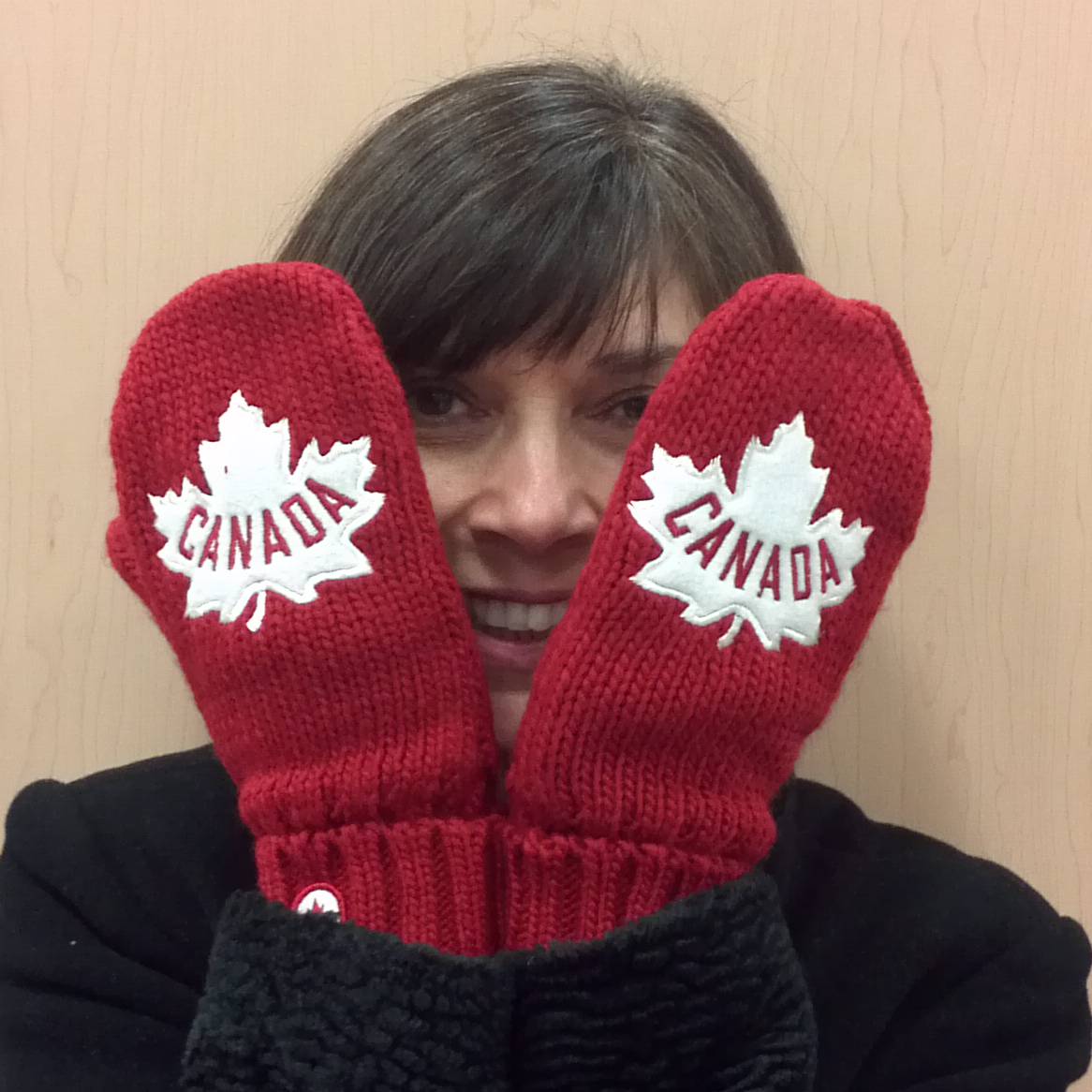PERSONAL EVALUATION
This evaluation is for the purpose of taking a look at and reflecting on your own courtesy and professional skills. Hopefully, this will help you be aware of and improve in those areas that may need some tweaking.
How do you rate your professional courtesy skills?
- Poor
- Fair
- Good
- Great
How do you rate your courtesy quotient?
- Poor
- Fair
- Good
- Great
Do you consider yourself to be a good listener?
- Poor
- Fair
- Good
- Great
Do you consider yourself to be a kind person to your co workers and friends?
- Poor
- Fair
- Good
- Great
Are you a critical person?
- Poor
- Fair
- Good
- Great
PERSONAL EVALUATION, continued
Do you gossip or participate in spreading gossip?
- Poor
- Fair
- Good
- Great
Are you a positive person?
- Poor
- Fair
- Good
- Great
Do you shake hands and introduce yourself to your patients?
- Poor
- Fair
- Good
- Great
Do you make good eye contact when speaking to co workers and patients?
- Poor
- Fair
- Good
- Great
Do you consider yourself to be a good team player?
- Poor
- Fair
- Good
- Great
Do you welcome new staff members?
- Poor
- Fair
- Good
- Great
Do you have a “not my job” mentality at work?
- Poor
- Fair
- Good
- Great
RATE YOUR OFFICE PRACTICE
How do you rate the general feel of your practice?
- Poor
- Fair
- Good
- Great
Do you think your patients perceive your office to be courteous?
- Poor
- Fair
- Good
- Great
Is your office welcoming to new staff members?
- Poor
- Fair
- Good
- Great
What improvements do you feel could be made to improve the courtesy and general tone of your of your practice?

